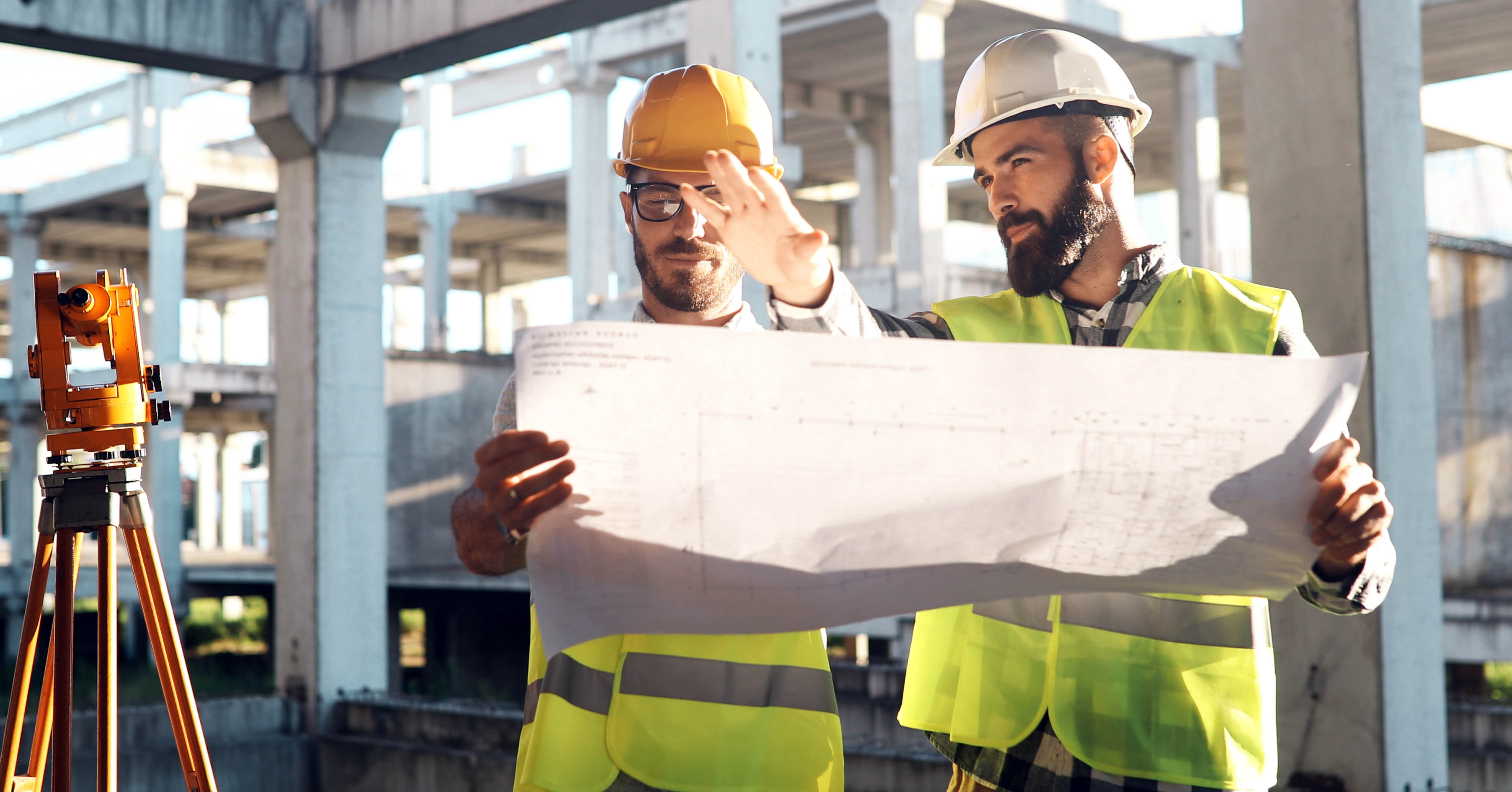
There is a long list of health and safety concerns to be managed during and after any construction project. Unfortunately, Legionella monitoring and control can often be overlooked. Many project managers perceive Legionella as a problem for old, decrepit buildings, or with buildings with poor prior design. Of course, this is not always the case.
An investigation at the CDC (Centres for Disease Control and Prevention) from 2000-2014 found that 35% of cases of Legionnaires’ disease stemmed from unmanaged ‘external changes’. The unmanaged external changes category identified two key sources of risk - risk from natural disasters (25%) and risk from construction activities (75%).
Construction and renovation can present enormous risk to any building by providing an opening for dirt, debris and other material to enter and contaminate water systems. And because systems are often disrupted for long periods of time during construction, stagnation occurs - one of the leading factors contributing to the growth of biofilm and Legionella bacteria. Stagnation also provides an opportunity for water in the pipes to reach ambient temperatures, and for residual disinfectant levels to drop, further exacerbating risk.
A study published in the International Journal of Environmental Research and Public Health in March 2020, analysed 31 studies regarding pathogenic incidents during construction in the US and found a total of 894 cases of pathogenic disease, which included 112 fatalities. All of which were preventable. Most cases of infection were found in healthcare settings (71.3%) where mortality rates are significantly higher.
The study identified 9 construction activities as contributing to cases of disease and death across their analysis. These were:
- Excavation
- Inadequate building water system commissioning strategies at beneficial occupancy and building opening
- Construction equipment with a water reservoir
- Re-pressurization
- Demolition activities
- Underground utility connections
- and water main breaks.
In the UK, codes of practice such as BS8680:2020 Water quality — Water safety plans— Code of Practice, outline considerations for water safety which are required during all phases of a construction project, and how those phases are interlinked.
How to minimise Legionella risk during construction and renovation
The contractor, the person who is brought in to plan and manage all work being carried out is responsible for managing Legionella risk (as stated in the Construction (Design and Management) Regulations 2015). With this in mind, contractors should be aware that those involved in construction and installation must be competent - in that they should have received Legionella training and should be aware of the risk associated with their actions.
For new builds and major refurbishments, it is necessary that the Legionella risk assessment is updated during the design, construction, commissioning and pre-handover phases of the project. This should be done in collaboration with the clients’ appointed responsible person or water safety group, and all recommendations need to be reviewed and addressed in a timely fashion.
To minimise bacterial proliferation, it is crucial that care is taken to ensure that the system remains safe and that additional costs are not incurred following the agreed commissioning brief. For example, systems should not be filled too early, or with water that does not meet water quality standards, as this can lead to long-term consequences like outbreaks and Legionella associated deaths.
Assess, Control and Review
The Health and Safety Executive (HSE) in the UK recommends a useful model for managing Legionella during construction and renovation, called the Assess, Control and Review model. The steps are as follows:
Assess
Identify and assess – The risk of Legionella exposure is highest during refurbishment and demolition work. Risk if often linked to:
-
- Stored water, stagnant water, and water re-circulated at temperatures between 20-45°C.
- Sources of nutrients such as rust, sludge, scale and organic matter.
- Production of contaminated water droplets / aerosol spray.
- Workers, visitors etc. who are more susceptible to infection due to age, illness, a weakened immune system.
Control
Prevent – Think about limiting the risks before work starts:
-
- Drain water systems during demolition or refurbishment where possible. This prevents stagnation.
- Water outlets (taps, showerheads, etc) which are still needed but not regularly used should be flushed through regularly.
- Treat water to either kill Legionella (and other microorganisms) or limit their ability to grow where appropriate and consider suitable biocides and other water treatment processes.
- Ensure stored water is maintained either below 20°C or, if part of a hot water system, above 60°C – replace standing / stored water in tanks, pressurised water bottles etc. regularly during warmer weather where it is likely to reach temperatures higher than 20°C.
Where there is still reason to suspect a Legionella risk, Keep any system and the water in it clean. Ensure the water cannot stagnate and properly control the release of any water spray.
Review
Supervise – Be aware of anyone suffering from the symptoms of Legionnaires’ disease.
Reduce exposure with Legionella Testing
The impact of construction activities on Legionella risk is preventable when proper care is taken. At Hydrosense we recommend sampling for Legionella during any significant construction project. Not only does routine testing during the project help reduce risk and minimise potential exposure to workers, but it also offers additional information during necessary reviews of the risk assessment, and provides peace of mind for the contractor, building owner and their responsible person.
The Hydrosense Rapid Legionella testing solution can detect the most dangerous strain of Legionella bacteria in only 25 minutes. It’s the fastest test on the market today.
Partners have successfully used the test as a daily indicative indication of water system safety on sites where construction and maintenance was being carried out but risk systems could not be turned off. Read the full case study here.
